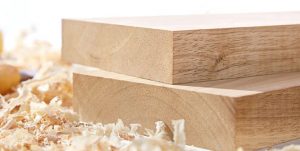What are the different types of plywood? In this article, we will look at Close-grained plywood, Marine plywood, Hardwood plywood, and Overlaid sheets. Learn the advantages and disadvantages of each type so you can choose the right one for your needs. The process begins with the felling of a tree. Logs are then debarked and cut into thin veneer. The resulting sheets are usually a single continuous sheet, but they can be cut into many pieces. Once cut, they are dried and then stamped. There are various grades of plywood, each with different properties and applications.
Hardwood plywood
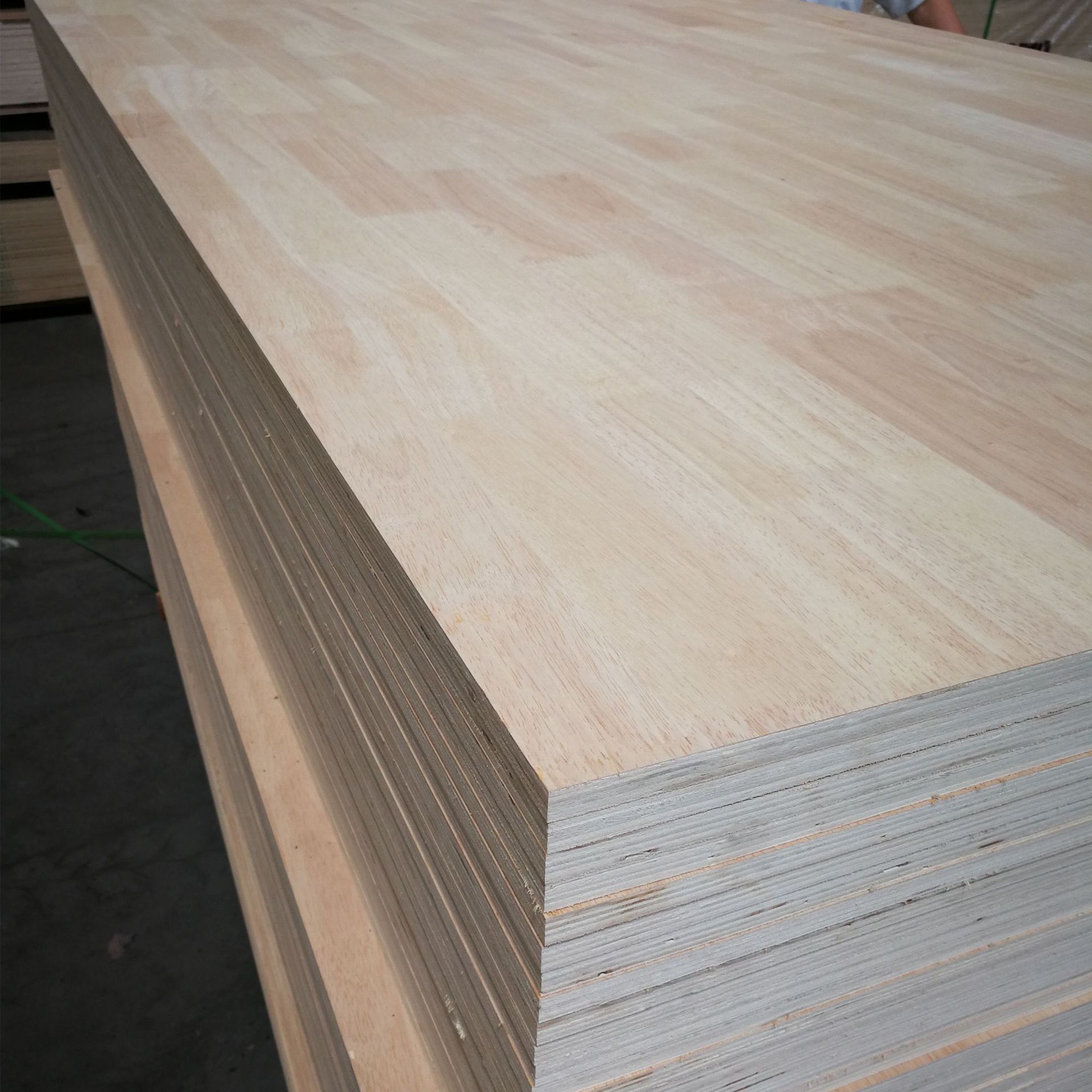
When considering a new building project, comparing hardwood plywood to solid wood can be a wise choice. Plywood has several advantages over solid wood, including its affordability and strength. It is also much more flexible than solid wood, which can make it an ideal choice for creating skateboard ramps, guitars, and other thin, wooden objects. However, many people are wary of using plywood for building purposes because of its high price.
Different types of plywood have different strengths and weaknesses, and each one has its own advantages and disadvantages. For example, plywood with a hardwood surface veneer is the best choice for intricate projects. However, plywood with a veneer surface is not always recommended for use in such demanding environments, such as airplanes, which are constantly exposed to heat and moisture. These types of plywood are also very flexible, lightweight, and have high thermal insulation properties.
Different types of plywood differ in thickness. Plywood used for veneered furniture, for example, needs to be thicker than plywood used for supporting it. Depending on the application, plywood thickness can range from an eighth of an inch to one and a half inches. More specialized plywood has more thicknesses. If you’re not sure about the thickness of a particular type, check with your supplier.
Three-ply plywood consists of three thin layers of veneer, with a thick core. This type is a good choice for indoor projects, while five-ply plywood is suitable for projects requiring less strength and durability. Multi-ply plywood, on the other hand, has several layers of veneer. This type is primarily used for construction projects. The thickness of the wood’s core is also important, as it is the part that grasps screws.
MDO plywood
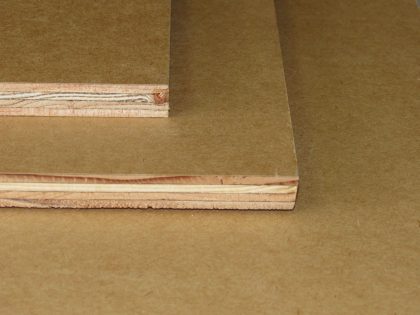
Overlay plywood comes in different densities, each varying in strength and durability. This material is best suited for exterior projects because of its water resistance, durability, and strength. You can buy MDO from reliable suppliers who provide the best materials for your projects. Unlike regular plywood, MDO has high resistance to moisture and other environmental conditions. Also, MDO is lightweight, making it easier to handle during construction projects.
MDO: This type of plywood is made up of overlapping wood veneers and medium-density fiber overlay. Its surface is smooth and allows for better paint adhesion than other types of plywood. This product can be used for cabinetry, countertops, trim, and wainscotting, and it is more durable than other panels of equal size. The price of four-by-eight-foot sheets of MDO varies from $40 to $180, depending on their thickness and overlay.
CDX-grade plywood is typically the cheapest material. This type is composed of the two lowest grades and is excellent for building work tables and storage units. Sanded pine plywood is also a versatile type. It has a smooth surface and holds together tightly. This type is best for cabinets and boxes, as its clean edges and smooth finish make it the best choice for these projects. If you have a more elaborate project, then Baltic Birch is your best option.
Marine plywood
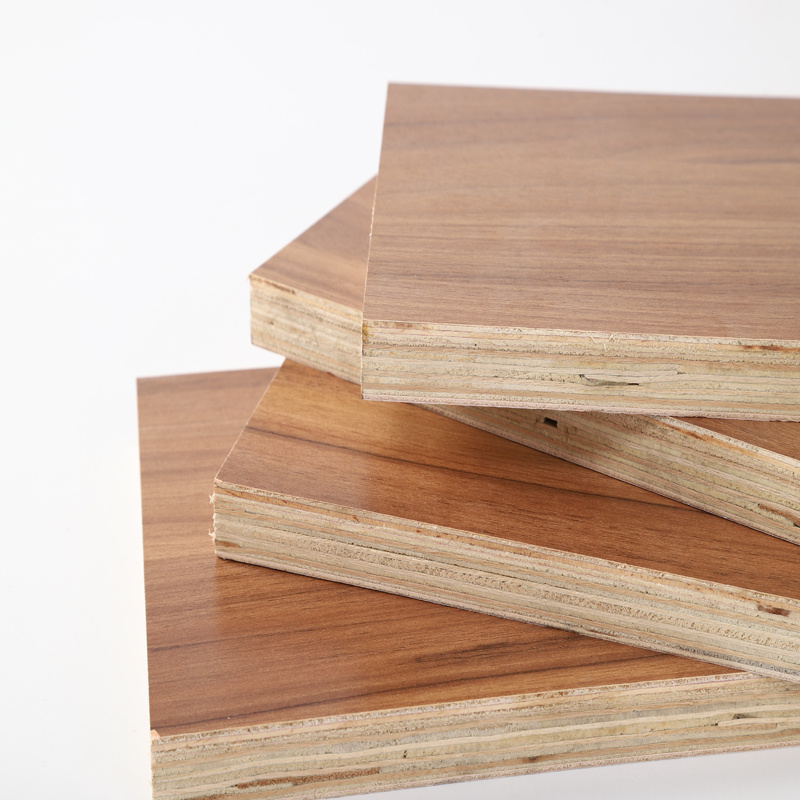
Pressure-treated plywood is more common than marine plywood. Pressure-treated plywood is cheaper and easier to work with, but marine plywood has better quality veneers and bending capacity. It is also more flexible than pressure-treated plywood, which can make it suitable for projects where durability is essential. Regardless of the choice, pressure-treated plywood has its advantages and disadvantages, and you should consider them carefully before deciding which one to use.
Marine plywood is waterproof. It is ideal for areas that absorb moisture and need a strong substance to resist corrosion. On the other hand, commercial plywood is a cheaper alternative to marine plywood. Its layered construction allows it to withstand high levels of humidity and water without warping. It is also incredibly elastic, so it can be bent without losing structural integrity. For the best results, choose plywood made from Western Larch or Douglas Fir. BS 1088 is the devil’s advocate for the quality of tropical hardwood plywood. As such, BS 1088 is the de facto standard for plywood. Some of the lesser-quality products may not pass basic tests, and some fake panels may be marked with BS 1088. It’s essential to check the BS 1088 label when selecting a plywood supplier. Check the reputation of the supplier and mill before you buy. Look for a long-established supplier with a reputation for consistent quality.
Pressure-treated plywood contains chemicals that are harmful to humans. Chromated copper arsenate is linked to cancer and reproductive problems, and can enter the body through wood dust. Therefore, it’s important to use masks when working with pressure-treated plywood. Fortunately, marine plywood does not contain these chemicals and is a superior alternative for many applications. While marine plywood is more expensive than pressure-treated wood, it’s worth considering it if your project requires a high level of water-resistance.
OSB
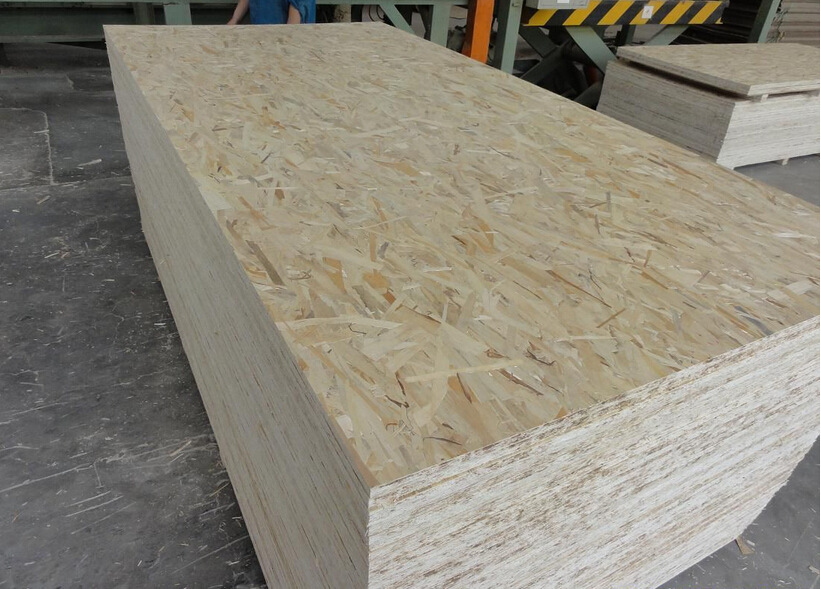
Plywood is a versatile, strong composite material, and there are several different types available. These are typically made of thin wood veneers that are peeled off of logs, glued together and graded for strength. Because they differ in the direction of their grain, they resist shrinking and expansion. In addition, each type has its own properties and benefits. This article will explore some of the major types of plywood.
OSB has a long-standing reputation, but manufacturers have been making some improvements to increase its durability and moisture resistance. That said, it is still not suitable for every application. If you are building a house in an area with high exposure to moisture or long delays, plywood may be a better choice. And don’t forget about warranties. Other products may only cover certain sheathing types. For this reason, it’s important to check the warranty of the plywood you’re considering before you purchase it.
Plywood comes in a wide variety of sizes and is available in four-by-eight-foot sheets. It is commonly used in construction, but it’s also a famous material for Victorian stovepipe hats. Before purchasing any plywood, it’s important to know about the types and their strengths and weaknesses. Consider your needs and the environment when choosing the right one. The decision will be worth it in the end.

